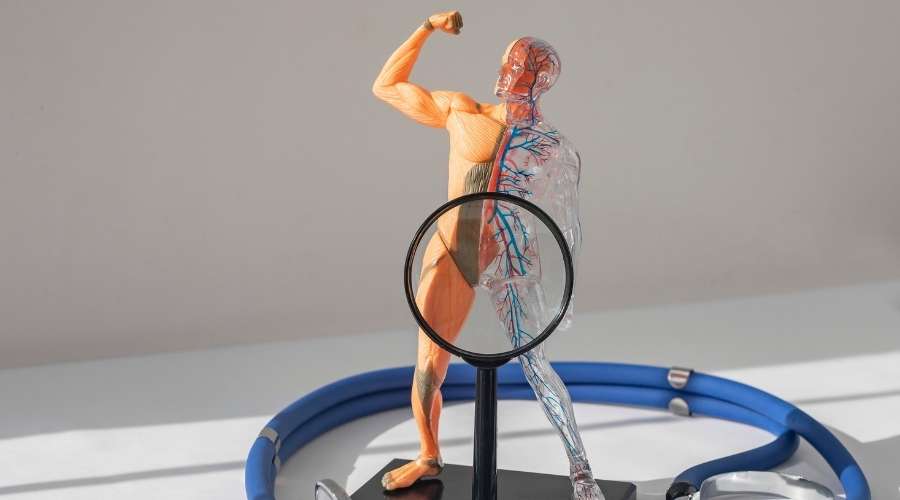While urinary incontinence, rectal incontinence, and related health problems are more common in women (75-80% of Americans dealing with urinary incontinence are women), these types of issues impact both men and women. The term itself describes limited use or complete loss of bladder control, and in many cases, it is a symptom of an underlying disease.
Urinary incontinence often exists alongside uterine prolapse. Upwards of 60% of women who have pelvic organ prolapse were or are also diagnosed with some form of urinary incontinence. Nearly 40% of women who present with incontinence develop some level of prolapse.
Types of Urinary Incontinence
Here are five specific types of urinary incontinence and they are as described below.
Stress Urinary Incontinence
This specific form of incontinence happens when some kind of physical activity (e.g., sneezing or straining) causes pressure and loss of bladder control. Underlying issues that could lead to stress incontinence include weak urinary sphincter muscles and/or pelvic floor. Risk factors include giving birth, undergoing prostate surgery, weight gain, and smoking.
Urge Urinary Incontinence
Otherwise known as overactive bladder(OAB), urge incontinence refers to an inability to control the urge to urinate. It could stem from injury, infection, or bladder blockage.
Uterine prolapse occurs when pelvic floor muscles and ligaments stretch and weaken and no longer provide enough support for the uterus. As a result, the uterus slips down into or protrudes out of the vagina.
Treatment for Urinary Incontinence
The preferred treatment typically depends on the type of incontinence and any underlying causes.
Types of behavior-related treatment include these natural solutions:
- Scheduled urinating
- Limited liquids, specifically before bed
- Practicing fully emptying one’s bladder
- Additional bladder training
Other forms of treatment include:
- Pelvic floor therapy
- BTL Emsella
- Hormone therapy (e.g., estrogen and testosterone)
- Medications (can improve rectal tone and vaginal laxity)
BTL Emsella
ETL Emsella is a form of non-invasive (fully clothed), FDA-approved treatment that can be implemented when prior forms of treatment are not fully effective. It uses electromagnetic energy and stimulation on the weak pelvic floor muscles to build neuromuscular bladder control for both men and women. It treats both stress and urges incontinence with stimulation during an approximately 30-minute appointment. Ultimately, the stimulation has the equivalent effect of doing 11,000 Kegels.
Surgery
In some cases, a more invasive surgery (e.g., bladder surgery) might be recommended. For women though, your doctor may suggest that you wait until you’re done bearing children if that is in your life plans. In the case of uterine or rectal prolapse, a pelvic reconstruction might be required
Lasting Impression Medical Aesthetics
In Fair Lawn, New Jersey at https://bergencountymedicalspa.com/, Dr. Roel Galope and their team offer many of the previously mentioned services to treat urinary incontinence, most notably, Emsella. The experts at Lasting Impression recommend six sessions of Emsella over three weeks.
If you are someone who struggles with any incontinence, just know that you’re not alone, and there are steps you can take toward treatment and recovery.
